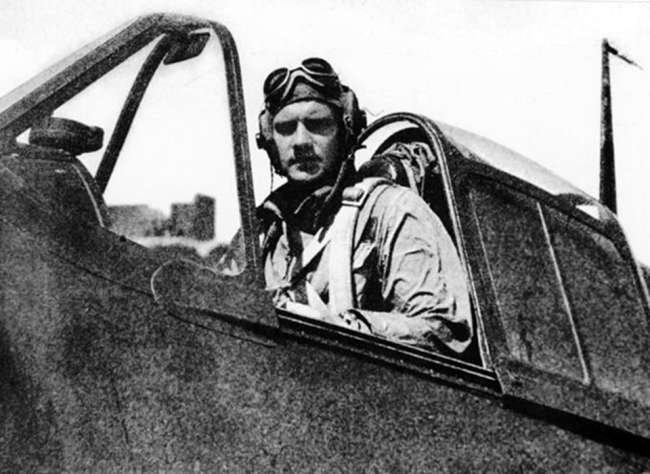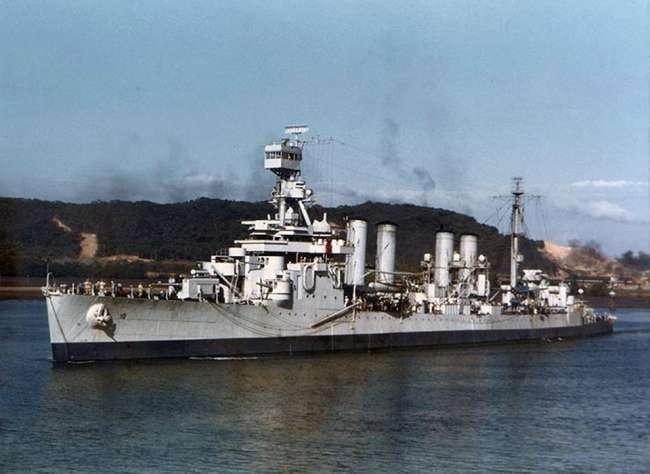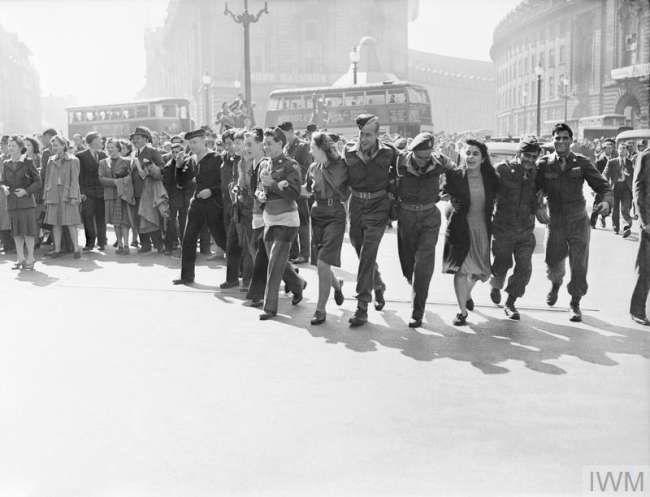When American troops entered the city of Cologne, Germany on March 6, 1945, one of the only buildings left standing was the Cologne Cathedral. As the US 3rd Armored Division’s Shermans and Pershings faced off with German Panthers from the Panzer-Brigade 106th Feldhernhalle, US cameramen from the 165th Photo Signal Company had cameras rolling. The Gothic masterpiece in the ancient Roman city of Cologne became the backdrop for one of the most famous tank battles between American and German forces. The western part of the city was in US hands by the afternoon as the Germans retreated to set up a stronghold on the eastern side of the Rhine River which they would continue to occupy for another month.
Amazingly, the cathedral survived the battle and the previous years of Allied bombardment. Work began on the Gothic masterpiece cathedral in 1298, but the cathedral would not be finished for another 600 years until it was completed in 1880. Only 60 years after the completion of the cathedral, Cologne was pounded by the first of 262 Allied air raids with the May 17, 1940 RAF bombardment. Nearly a quarter of the city’s 770,000 residents fled following this first devastating raid. The exodus from Cologne continued with the bombings until only about 20,000 residents remained, surviving in ruins and in basements until the last of the raids occurred on March 2, 1945. Just days later, American tanks rolled into the city.
The cathedral played a role in the bombardments, in that its twin spires were an easy navigational touchstone for Allied bombers. The cathedral endured 14 bomb hits and was heavily damaged, but the structure remained, looming above the rest of the ruined city.
One visitor to the ruined city, arriving shortly after the battle, was an American Catholic chaplain (later Archbishop) with the 82nd Airborne Division, Philip Hannan. Hannan recalled in his book, The Archbishop Wore Combat Boots—From Combat, to Camelot, to Katrina: A Memoir of an Extraordinary Life:
“The beautiful city I remembered had been reduced to an enormous pile of rubble. The only building standing was the cathedral, erect like a majestic symbol of the perpetuity of the faith...Though aerial bombs had blown gaping holes in the roof, the spires and walls, amazingly enough, were still intact.”
Archbishop Philip Hannan
Moved to protect this treasure, Hannan explored the cathedral, and with the help of a local priest, found the Archbishop of Cologne Josef Frings who was sheltered nearby. On April 16, 1945, Archbishop Frings signed a document authorizing the “amerikanischen Kriegspfarrer Chaplain Philip Hannan [American Military Chaplain, the Reverend Chaplain Philip Hannan]” to protect the cathedral and all of the art and liturgical objects within it. Hannan used this order to establish a guard post at the cathedral, and attempted to recollect any church property that might have been taken in the previous weeks. Hannan served as temporary protector and pastor of the ancient Cologne Cathedral in order to both preserve the artwork and minister to American troops.
Immediately after the war in Europe, the official entity designated for the protection of cultural treasures during the war, the Monuments Men of the MFAA (Monuments, Fine Arts, and Archives Division) began to procure building materials for first aid repairs needed to bolster Cologne Cathedral and other important religious and cultural monuments. Archbishop Hannan, Chaplain and rogue “Monuments Man,” remained a revered member of the Cologne Cathedral for the rest of his life. View Hannan’s oral history from the Museum’s Digital Collections. The Cologne Cathedral was declared a UNESCO World Heritage site in 1996.
Kim Guise
Kimberly Guise holds a BA in German and Judaic Studies from the University of Massachusetts Amherst. She also studied at the Universität Freiburg in Germany and holds a masters in Library and Information Science (MLIS) from Louisiana State University. Kim is fluent in German, reads Yiddish, and specializes in the American prisoner-of-war experience in World War II.
Cite this article:
MLA Citation:
APA Citation:
Chicago Style Citation:
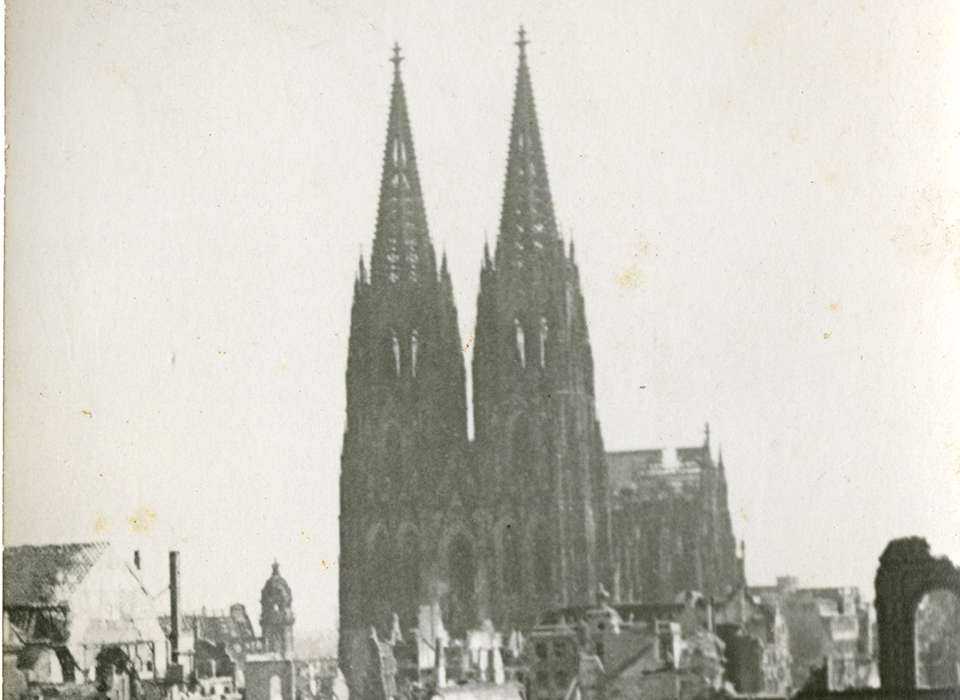
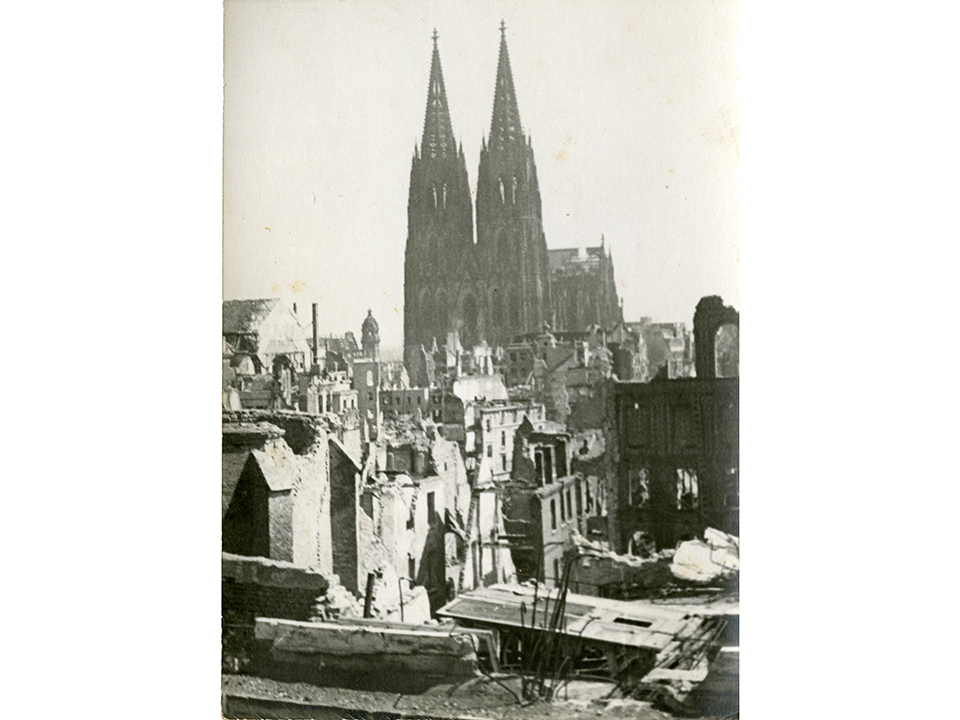
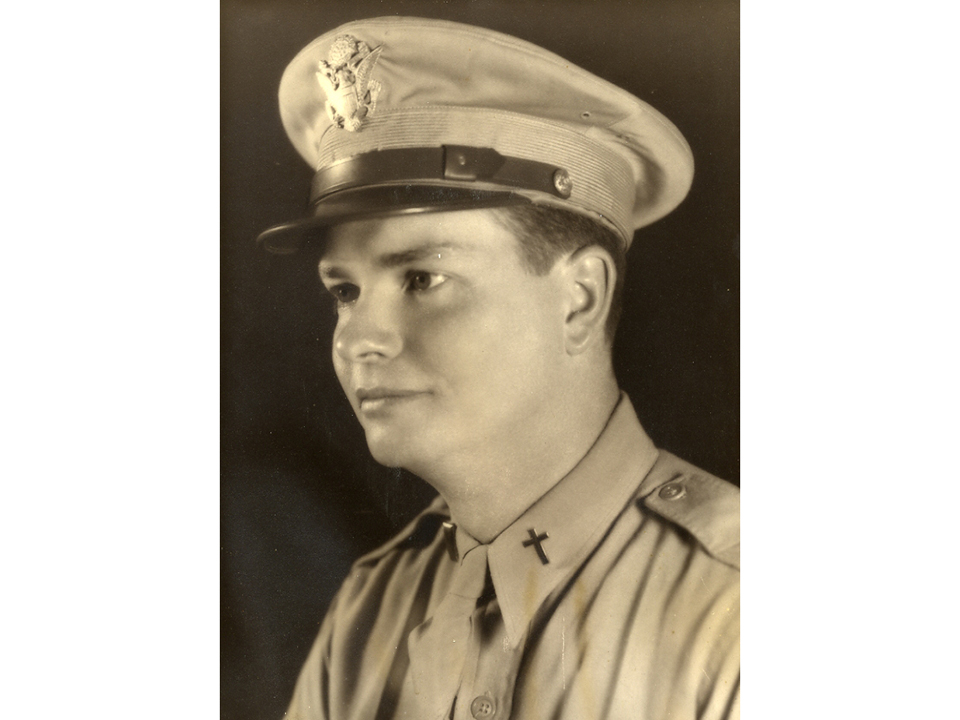

![Max Fuchs, New York City cantor, sings as Rabbi Sydney [sic] Lefkowitz, Richmond, VA, conducts the first Jewish services from Germany.](/sites/default/files/styles/max_650x650/public/2025-10/image1.jpg)




